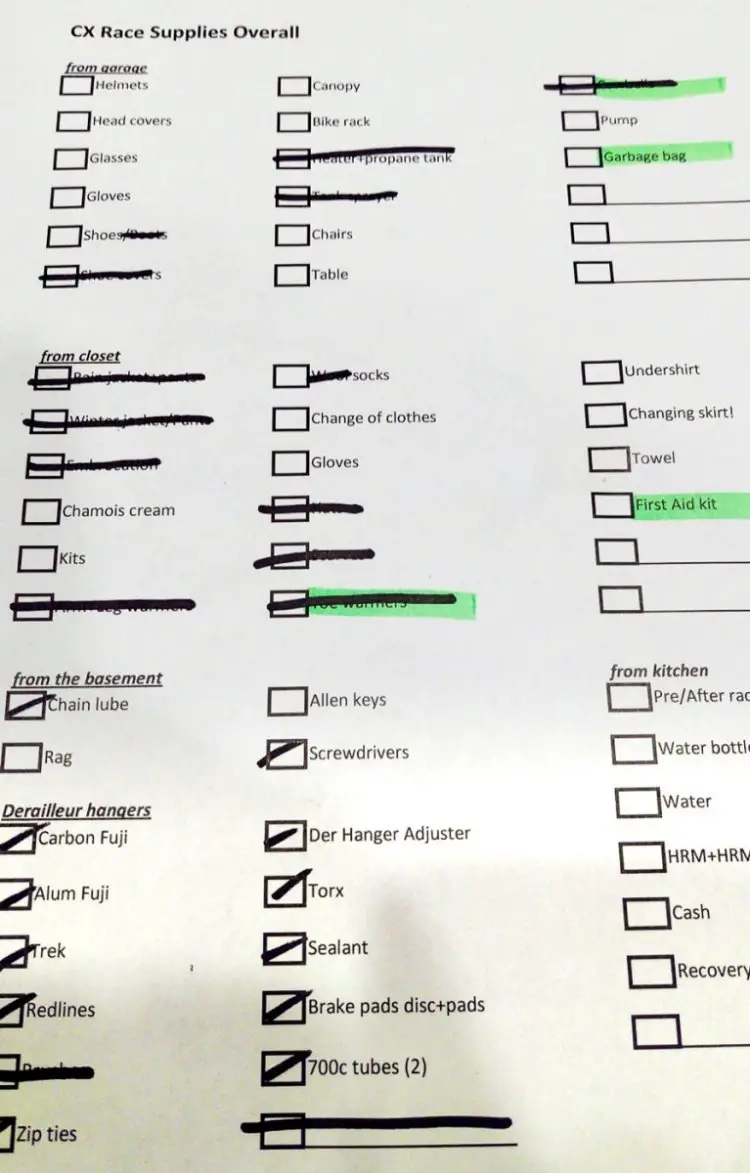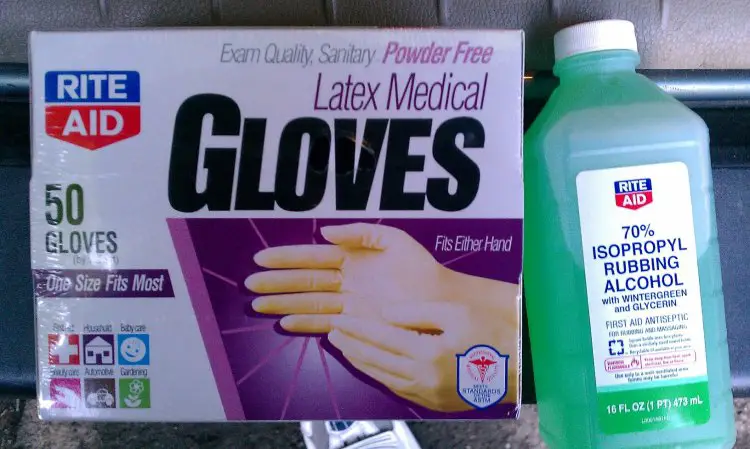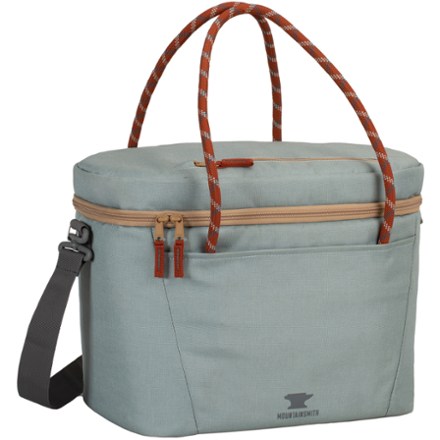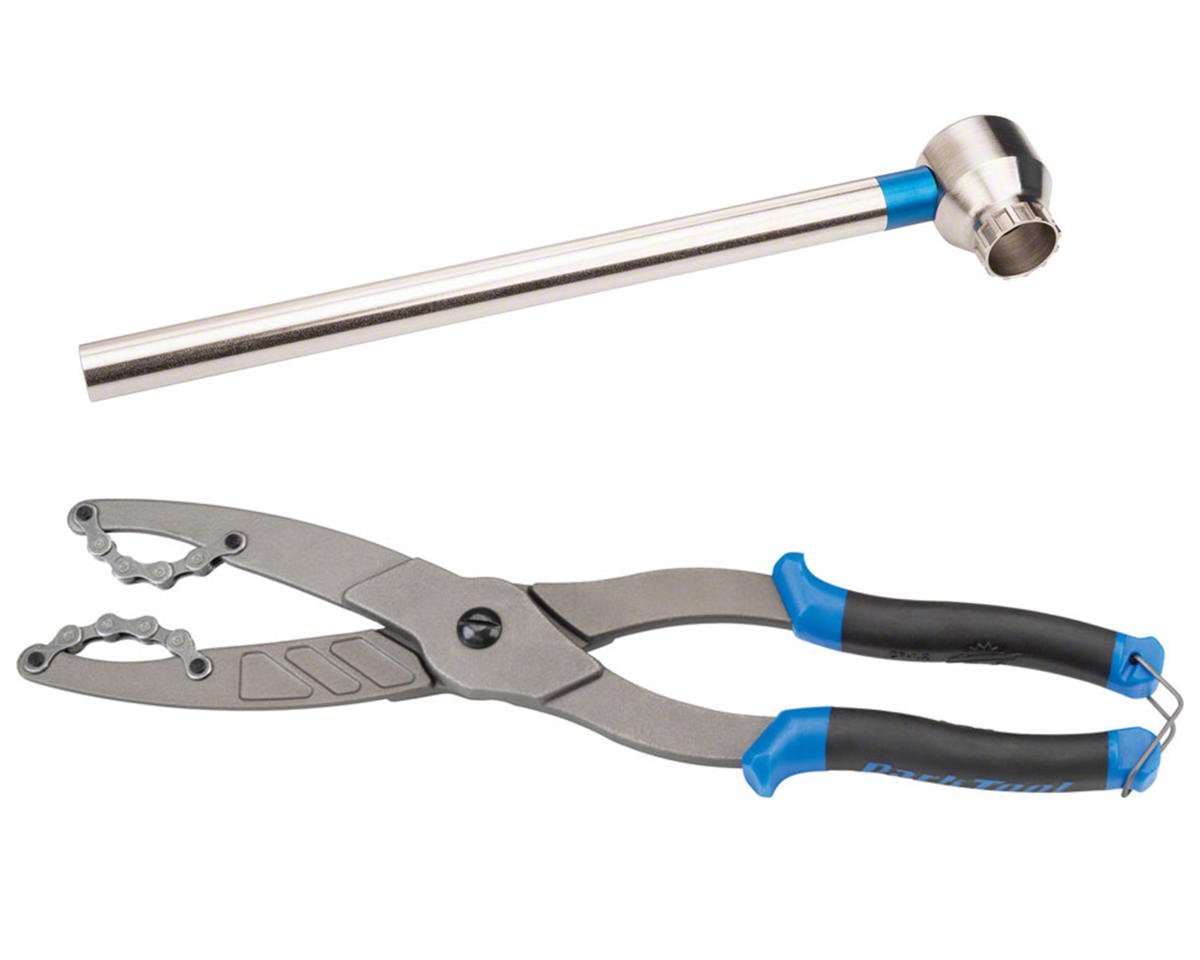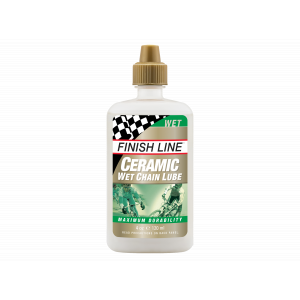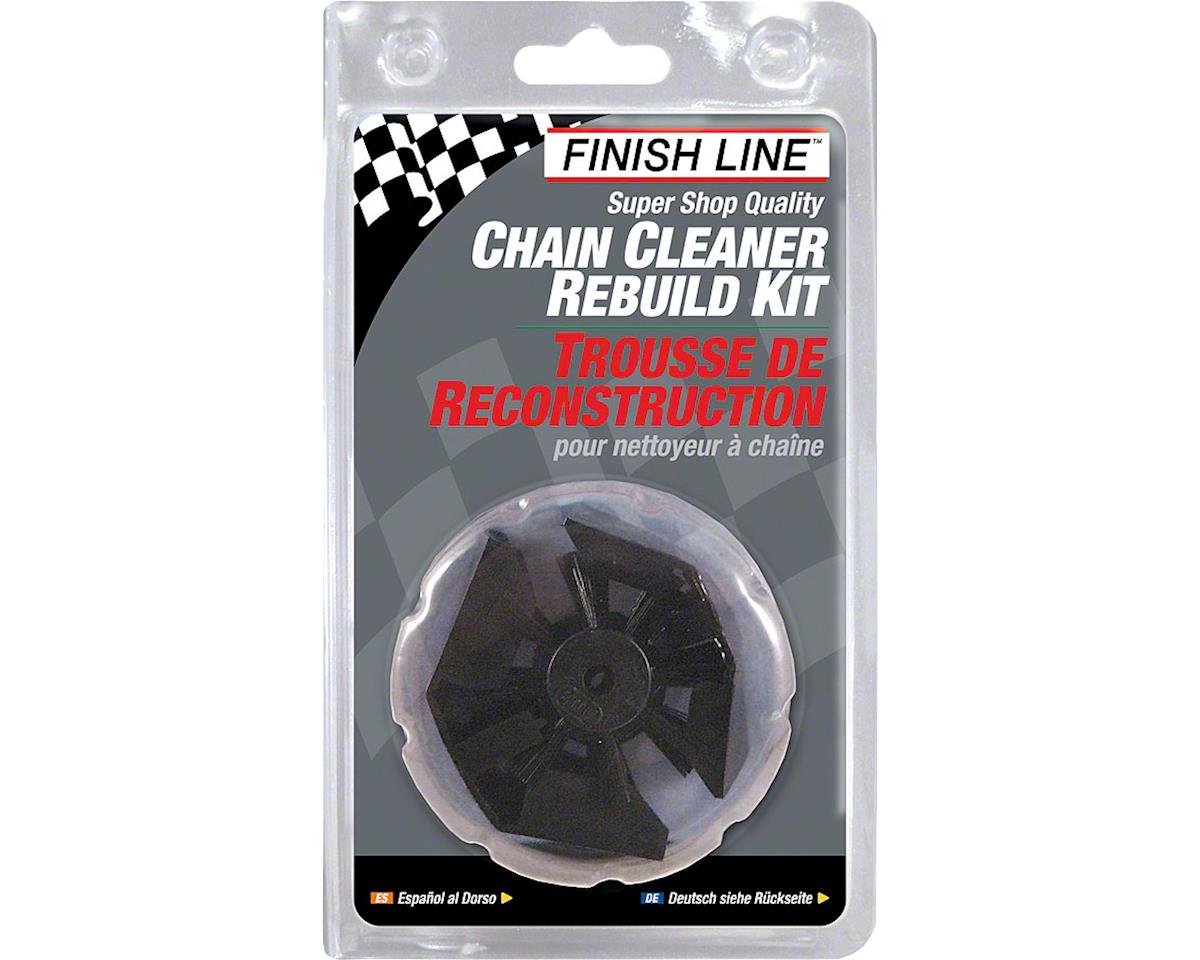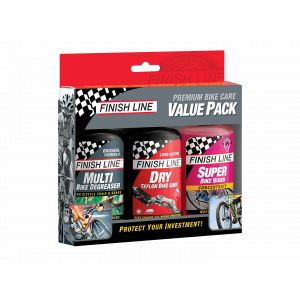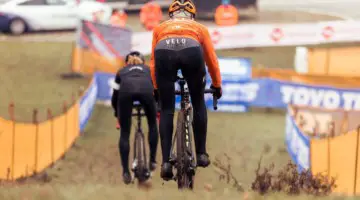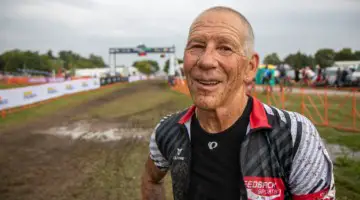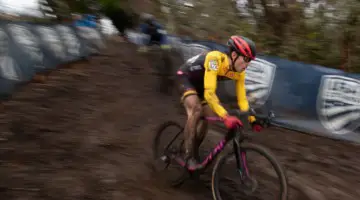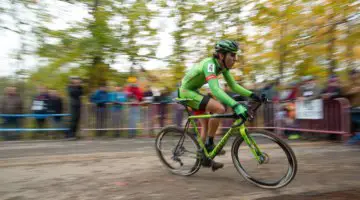This week’s Training Tuesday column from Chris Mayhew of JBV Coaching focuses on improving in one area where your final performance has nothing to do with genetics, and proper training doesn’t even require breaking a sweat.
Packing! Why I have a not written a column about this before? It’s by far one of my favorite topics, for a few reasons. One is that I have a pretty solid case of ADHD-PI, so I can’t rely on my memory to make sure I have everything. I’ve had to create a lot of systems for myself so that everything makes it to and from the events every weekend. Second, packing ends up being a great process goal. It’s a thing you can focus on doing right that will enable your best result, but doesn’t require talent or extra time on your part. Lastly, when you live in Pittsburgh like I do, you’re usually committing to a four to six-hour drive one way for a weekend, so you can’t just run back home and get what you need. You have to bring everything you’ll need for a full weekend away from home for the better part of three months. Well, except dinner for your host. Always take your host out for dinner that’s column tip number one.
Let’s start with clothes, since that’s what most people think about first. I think Powers has two good statements in the Rapha article, “Take two of everything.” But as the author points out, that’s easy for him to say, which then leads to “equip yourself as well as you can, but don’t feel limited by what you don’t have.” So first, get a bag, any bag you can. Put every piece of cycling clothing you own in it. Never unpack that bag. When you come home from a race take the bag straight to the washer, wash the clothes you need to, let them dry, and then put them right back in the bag. That way you don’t have to think about packing the bag every week or forgetting to put something in there. And, your packing is largely done by Monday night.
Clothing tip number two: Do your openers in non-team clothing of some sort. I always look like a page from Rapha’s Derelicte catalogue on Friday, but it’s because I don’t want to wear anything that needs to go in the bag for the weekend. So wear your old team stuff or something like that.
As far as bags go, I had a giant ski bag for years that was given to me. It did very well by me. I’ve now moved to two Mountainsmith bags. They allow for better compartmentalization of clothing and the nicer bags don’t have a black interior. Black interiors make it really hard to find a lot of clothing (black socks, black arm warmers, etc). My current system is dividing up as follows:
- Accessories: this is mainly gloves, but also ear covers, eyewear, arm warmers and hats;
- Pre-race clothing: This is jerseys and bibs;
- Base layers: self explanatory;
- Skinsuits: self explanatory;
- Socks: everything I own goes in here;
- Shell layers: warm up pants, rain jackets, shoe covers. All the foul weather clothing I’ll wear over top warm up clothing or race clothing when going to the line.
Mainly focus on a system that lets every item have a place it belongs, and allows you to find your clothing with a minimal of hassle within what you have to work with. Digging around for that perfect item on race day is stress that can be avoided.
What else are you bringing for the weekend? A chair and a changing mat are really helpful, as they give you a place to chill out and not have to worry about getting your feet dirty. The deluxe Mountainsmith bag comes with a changing mat and a pocket for it [as does the GYST bag with changing mat, reviewed here -Ed.], but as you can see car floor mats work well too.
Food is a very important thing to bring. If you’re racing later in the day you’ll need a post-breakfast meal. Also, getting down a post race meal (not recovery drink!) is very important too, especially if you are racing two days. So figure out what you want to bring and how you’re going to bring it, as most food requires some sort of cold storage. You don’t want to spend the entire Elite Women’s race at DCCX in the pit, struggling with a belly full of Noosa that wasn’t kept cold enough. Or so I’m told.
Actually bringing the food I packed is my big pitfall. My general rule is that anything that needs to go to the car gets placed directly in my path between the door and car. It needs to be physically in my way for me to remember it. In order for me to remember anything in the refrigerator, I put my car keys with it.
http://www.instagram.com/p/9_6nZzxXEA/?taken-by=seemayhem
Again, a physical reminder that I can’t leave home without the item I need. I have several clients less scatterbrained than I who have very well-thought-out lists of what needs to go to the car.
I have a toiletries kit packed and ready to go. I treat it much like my clothing bag. I keep it packed and in the bathroom. Before a trip, all I have to pack are my daily medications (allergy related) and I’m ready to walk out the door. I’d at least suggest having ibuprofen available at all times in case of a crash (but not a crash where a concussion is involved!). If you wear contacts bring a spare set as well, since that’s a day-ending problem and complicates the drive home if you lose one during a race. I once drove an hour with one contact in at night (with 20/600 vision!) so as not to embarrass myself in front of a girl. Be ye not so stupid.
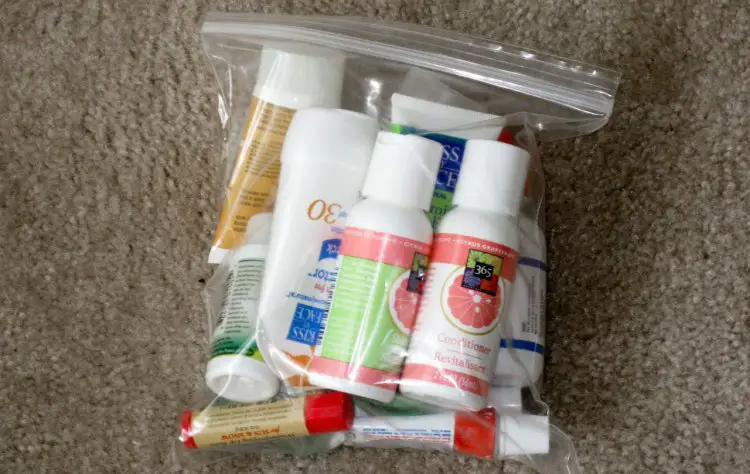
A simple 1-quart Ziploc bag can work well to store all your toiletries. If you ever fly to races, having your toiletries comply with TSA regulations makes life easier, keeping them under 3.4 ounces and all within a 1 quart bag. photo: Jack Kennard
The nice thing is, all the above stuff is more or less free. Surely you have a bag or two you already own that you can pack. After a few seasons they will wear out and you can think about what you’d like to get to replace them, based on your experiences. You’re just packing your own clothes so there’s no money spent there. Just make sure to bring them all! Later you can figure out if it would be worth your while to have cyclocross specific rain or warm-up pants. For now just get to the line in time to pull off your leg warmers. You needed to bring food anyways, just find a way to keep it cold. Maybe you spend a little bit of money on a camping chair but they are very cheap in late summer. I paid $5 for mine. Toiletries are a small investment but obviously worth it if you’re traveling a lot.
I always bring a tool kit. I have a nice, portable Pedro’s model. Its main purpose seems to be to loan out tools to other people, but it’s gotten me out of a few jams too. Even just having a multi tool stashed in the car will help a lot. Spare pedal cleats and bolts are very handy to have as well. I keep my cleat bolts in my water bottle cage bosses (same threading!) and use worn but not worn-out cleats as backups. That way I’m not adjusting to brand new cleats on race morning. It seems like every shoe has a Boa closure these days and I would definitely travel with a spare closure.
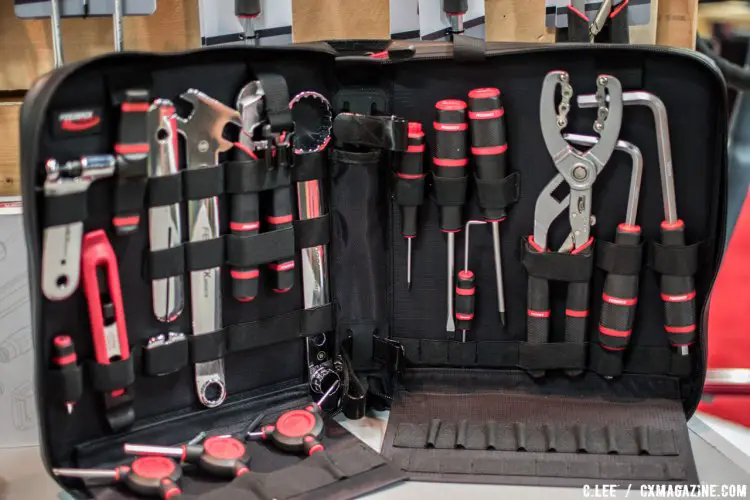
You don’t need a whole toolbox to have the right tool for a race day fix. photo: Feedback Sports’ new Team Edition tool kit is self contained with 19 tools, 26 functions. © Clifford Lee
What would it be nice to have? A second set of wheels is always nice. Even low-end clinchers will still keep you rolling if you get a flat. If you’re on a clincher setup, having a spare pair of tires (probably mud) is handy as well, as conditions might change and often can be hard to predict. The ability to wash your bike at the venue or at host housing is nice too, depending on conditions. Buy this and never look back.
A spare helmet and shoes are really nice for warm up as well. Hold onto your last pair of shoes and helmet and bring them along for those really nasty and muddy days. But again, think about ways to do this on the cheap for a couple of seasons before you spend any money on spare or extra things.
I would also file “embro kit” under things nice to have. I am not a fan of embrocation, but maybe you are. If you are, go to the pharmacy. Get some latex gloves, a bottle of rubbing alcohol (the wintergreen option is a nice touch) and a small spray bottle. All told that should cost about $20. Now you have a way to keep the embro off your hands when you put it on. And you have a way to take at least some of it off by spraying your legs with the alcohol and wiping it down. It won’t totally stop the burn but it will help quite a bit.
You’re going to spend money on entry fees and gas. You’re going to spend a weekend day (at least) away from home. Don’t compromise what you’re capable of by not bringing what you need to execute on race day. It’s hard to go full throttle if you show up to the line shivering with no jacket or file tread tires for muddy conditions. You don’t have to spend money to equip yourself well. Bring everything you currently own and figure out a good system to ensure you pack and bring it every time. Spend a few dollars strategically to augment what you already have (embro kit, spare wheels, camping chair). Then after a few seasons of experience and repetition you can figure out the one item or two it would be really nice to have for next season and then save up for that.
Packing what you have well is completely free and makes for a great process goal that can dramatically enhance your race day execution. Grab a bag and get packing.
Have your best cyclocross season ever with all of our Training and Technique Tuesday pieces here from coaches Mayhew, Adam Myerson and Kenneth Lundgren and others. Can’t get enough? See our Cyclocross Academy and Cyclocross 101 articles here.













